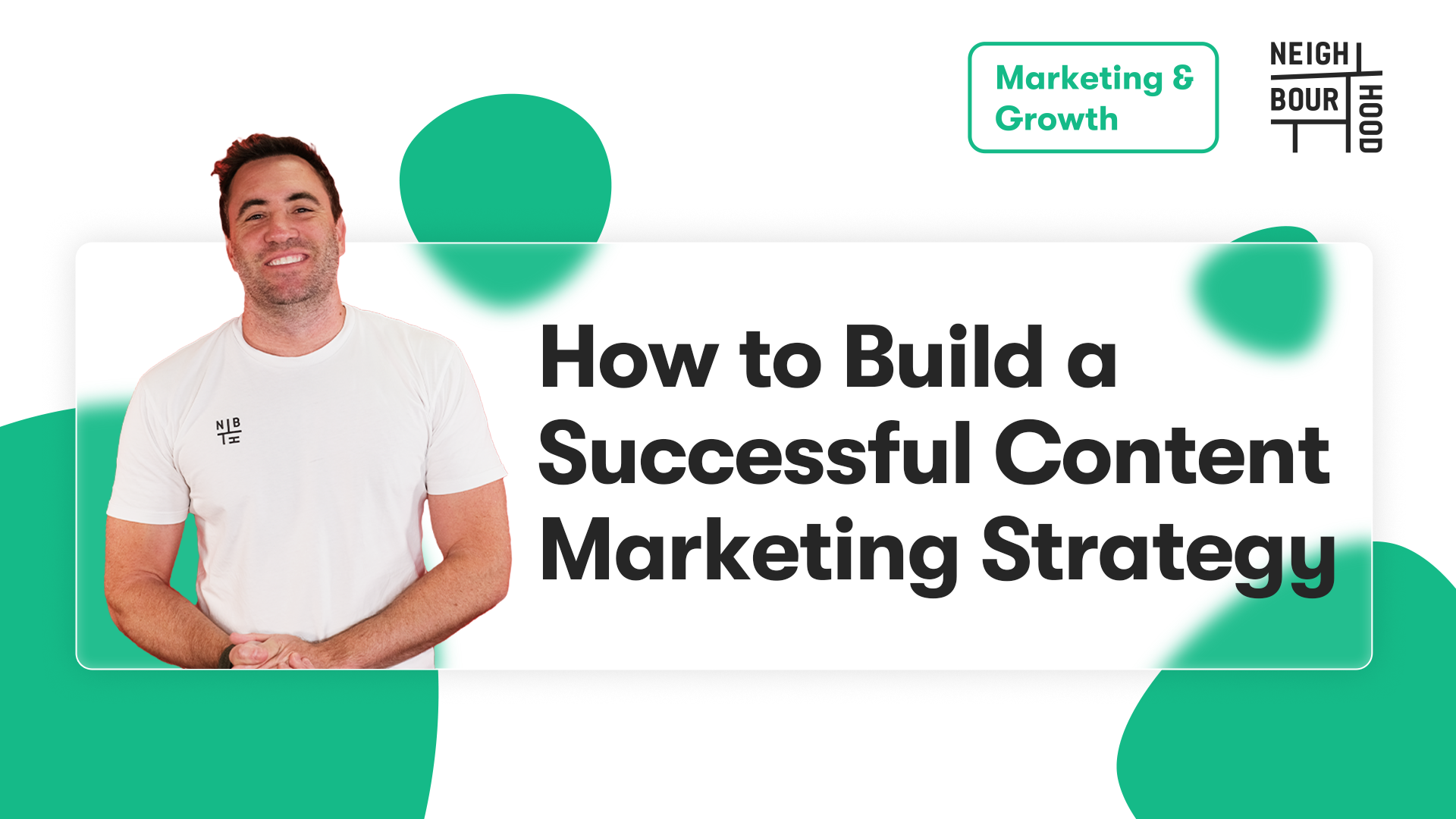Have you ever opened up your web browser with the aim of looking up a quick fact or question, and somehow after about 15 minutes you find yourself at the bottom of an intricate conspiracy theory thread surrounding the Bermuda Triangle and other mysteries alike? Because same.
The internet is packed with endless amounts of blog posts, tweets, videos, and social media ramblings, all offering to teach you something they think you don’t already know. And to be honest, not only is it bloody overwhelming, but you’re probably also pretty damn sick of sorting through content to try and find the information you’re actually looking for.
To make sure your customer’s never stray away from your pages to blogs about UFO sightings, you want to make sure your content is not only engaging and informative, but also structured and consistent.
A content marketing strategy has the potential to bring huge benefits to your business, and help you to cut through the noise in the digital world. However, with over 70% of businesses now actively investing in content marketing, it’s important to understand what a content marketing strategy is, why you need one for your business to thrive and how it can help you to stand out from the crowd. Because lord knows it’s a battlefield out there.
What is a Content Marketing Strategy?
A content marketing strategy is, quite simply, a fancy name for how you manage your online presence and information. If you’re reading this, then you’ve probably already got some form of content marketing under your belt, whether you know it or not.
Let’s say you’ve got a Facebook page where you share information about your eCommerce products. In the past, you’ve shared customer reviews, how-to videos that you’ve made, and infographics about the benefits of your products versus those offered by your competitors. This is content marketing because you’re publishing that content to support your sales funnel.
Your content marketing strategy covers the how, why, when, and where of your content. So, if you post your videos on Facebook because you know that’s where your customers are concentrated, that’s part of your content marketing strategy. And if you publish how-to videos every Tuesday because you typically launch products every Friday, then that’s the when. See where I’m going with this?
When you’re looking at building a content marketing strategy, it’s easy to get it confused with a content marketing plan, which only deals with what you’re going to publish and not the finer details. Using the example from above, if you decide you want to publish how-to videos to promote your new product, that’s your content marketing plan, because that’s what you want to publish. Confused? Stay with me.
Do I Need a Content Marketing Strategy?
Let’s put it this way. We all know that to test if your spaghetti is done, one of the best methods is to throw it at the wall and see if it sticks, right? It’s a proven method, and it works. But if you’re fairly inexperienced in the spaghetti cooking game and have no idea when you should be pegging your pasta at the wall, your kitchen wall is probably going to get covered in starchy spaghetti stains realllll quick.
However, if you put the spaghetti in and make a note of the time, set a timer on your phone, and come back to test it when it’s got a better chance of being cooked, your wall probably isn’t going to be covered in as many annoying spaghetti stains.
Content’s a bit like spaghetti. While you can try the ol’ ‘throw it against the wall over and over and see what sticks’ method, it’s far more effective to have a plan in place before you get started. See it's all about being calculated with your spaghetti *cough*... I mean... content.
According to the Content Marketing Institute, 60% of content marketers who work with a documented content strategy think their organisation is effective at content marketing. Only 32% of content marketers with an undocumented strategy say the same. And a shocking 7% of content marketers who work with no content marketing strategy at all think they’re doing a good job.
So, to get ahead of the competition, you need to stop throwing everything you have into the wind, and you need to start planning how, why, when and where you’re going to publish online. Once you do, you’ve got a far greater chance of seeing a positive return on your investment (ROI) and more engagement with your target audience.
Why is Content Marketing Important?
Content marketing is one of the most important things to invest in to promote your sales funnel in digital marketing. For starters, Demand Metric found that on average, content marketing costs 62% less than traditional marketing, but it generates up to three times as many leads. Whether you’ve got a small business yourself or you’re looking at introducing new marketing efforts on a budget, content marketing is a powerful solution.
In a study of B2B purchasers, 71% said that they’d read a blog post about a product or service during their purchasing journey. Blogs and articles can be a super powerful tool at almost every stage of the buying journey, and these statistics show that your customers want to read more about what you’re selling before they make a decision.
However, it’s not only written content that’s important to your business. Research shows that video marketing is becoming more valuable year-on-year, particularly with younger audiences. Not only are Millennial and Gen-Z customers watching more videos each day than their predecessors, but with monetisation tools through platforms like YouTube, video content has the potential to offer a higher ROI than other forms of content.
One of the biggest challenges facing business owners and marketers like you is the rapid growth of ad-blocking browser extensions and add-ons. With customers seeing an average of 5,000 ads each day, there’s no wonder this technology is becoming more popular. Your customers are sick of seeing ads while they’re browsing the internet, so it’s time to move away from paid advertising and towards content marketing. If anything, investing in content marketing means you’re not wasting money on ads that don’t ever get seen by your customers.
Plus, websites that publish blogs and articles have an average of 434% more pages indexed on search engines than those that don’t use this content marketing strategy. Recent research suggests that 81% of people search for products or services online, making Search Engine Optimisation (SEO) an extremely valuable asset for your content marketing funnel.
So look, I’d say it's a bit of a win-win situation here.
What are the Foundations of a Successful Content Marketing Strategy?
Now that we’ve convinced you that you need a content marketing strategy in your life, it’s time to take a look at what you need to include in that strategy to make it the best thing to happen to your business since you came along.
You know by now that to be successful with your content marketing, you need to pay close attention to how you form your content marketing strategy. While we’ll go through the process step-by-step in the next section, here are some key things you need to understand before you get started.
Brand Positioning
Before you even start to plan your content, you need to develop a deeper understanding of your brand, what you sell, who you sell to, and why you do what you do. This might seem like overkill, but trust us - doing this work now will help to inform a lot of different factors later on!
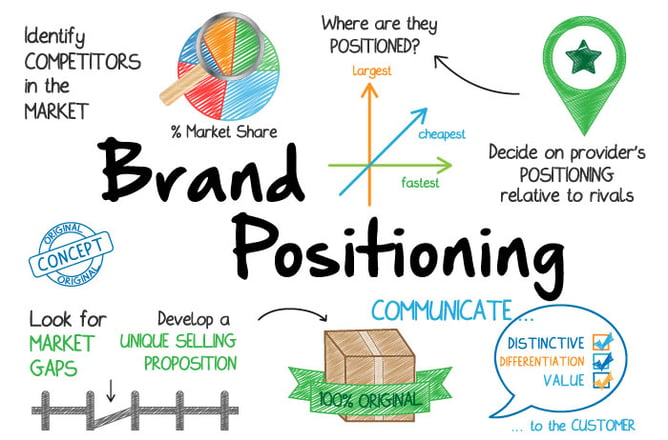
At this stage, you need to ask yourself the following questions:
- Who are our customers, and why do they buy from us?
- Who do we want to buy from us, and what value do they bring?
- What do our products offer the customer?
- Who are we competing against?
- How do our competitors market their products?
- What makes us unique as a brand?
- What are our ethical and moral values?
- What is our brand’s personality?
Providing Value
With so much content available on the Internet, your content marketing has to be useful to your customers for them to pay attention to it. One of the biggest mistakes that content marketers make with their strategy is to assume their customers care about endless how-to videos and comparison articles without doing their research into what their customers will find useful.
So, you need to ask yourself why your customers should pay attention to your content. What are you offering them? What’s valuable to them, and how can you deliver that content?
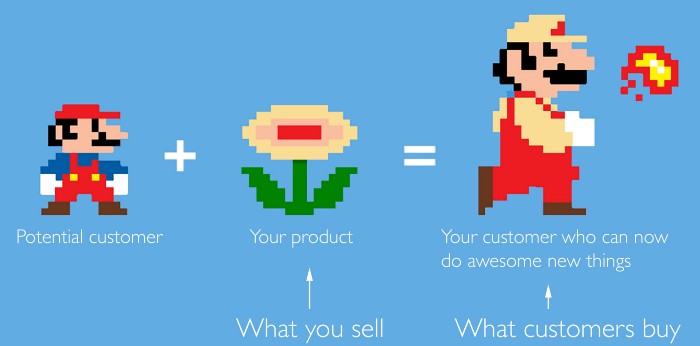
Whether the value is provided through teaching them something new, inspiring them, helping them to make a decision, or even providing them with a new opinion on a current debate, your content needs to be worth your customers’ time. You wouldn’t bake a cake for someone who doesn’t like sweets right? Strategising your content marketing is about baking that cake for someone absolutely adores cake, and making a pizza for someone who is craving Italian food. Right content, right audience.
Your Business Case
A content marketing strategy will cost you both time and money. No matter if you own the business you’re doing the marketing for or you’re trying to make the case for new marketing investment, you’ll need to understand what your content marketing strategy aims to do for your business.
You’ll need to understand what resources you already have available to you, and how you can invest these in your content marketing. You should also look into what new tools and materials you’ll need to make sure your marketing strategy is a success.
A key thing to note now is that you should have some idea of what you want your content marketing to achieve. If you’re not sure what those goals are yet, then you need to take some time now to get these nailed down before you even start thinking about what content you want to publish.
Strategic Plan
Once you know what your goals are for your content marketing, then you can start building a plan around how you’re going to achieve those goals. It’s at this point that you’ll start looking into what specific content you want to publish, who your target audience is, and how you’ll reach them. So, your plan might start looking like a game of Cluedo, with list items like “How-To articles for Mums on Facebook”, but you’ll start to build the bigger picture of your content marketing strategy.
You’ll also want to understand how you’re going to track your content marketing efforts and how you’ll know if you’re going to achieve your goals. There’s a huge variety of tools available to help you with this, such as Google Analytics and SEMrush, so you’ll need to do your research to find the best tools for you.
How to Build Your Content Marketing Strategy
Step 1: Determine Your Goals
Like we mentioned earlier, you need to know what your goals are to effectively plan for them. We recommend understanding what your goals are and writing them down before you get going with your content marketing strategy because then you’ll look at the entire process with your intended outcome in mind.
Step 2: Know Your Audience
You can’t publish great content if you don’t know who’s going to be consuming it. Now that you know your content marketing goals, you need to build a buyer persona - or, ideally, multiple - to understand who your audience is. A great place to get started with this is the “Jobs To Be Done” framework. Alternatively, a buyers persona workshop can assist in understanding your customer in detail, to help with all operations in your business. 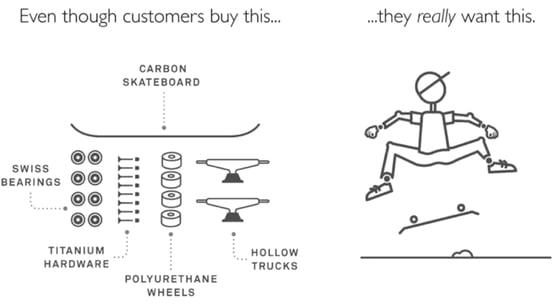
This framework will help you to understand who your customers are and why they need your product or service so you can tailor your content directly to them.
Step 3: Content Audit
With more than 70 million blog posts published each month, you’re going to have to work hard to stand out among the noise. Whether you’ve already got an existing blog or you want a more detailed look at the content of your webpages, you need to run a content audit to see the full extent of what you’ve got and the effectiveness of that content. If you’ve never done a content audit before, this guide from SEMrush is a great place to start.
Step 4: Research Topics and Keywords
By now, you should have an idea of what content is missing from your current library, as well as what your customers are looking for. At this stage, you’ll start researching topics around your business and your products, as well as the search terms that your customers are using to find you and your competitors.
Answer The Public is a fantastic free resource to help you with this, but you can even use Google’s search autocomplete and “People also search for…” functions to find related topics and search terms.
Step 5: Plan Your Content
We often refer to a content marketing funnel, and this simply means that your content marketing should span as much of the buyer’s journey as possible. As a quick example, here’s how your content could associate with each of the stages of the buyer’s journey:
- Awareness: Articles like this one! You’ll want articles that answer a question or address a problem for this stage.
- Consideration: Articles that compare competing products, and content educating customers about the best ways to solve a problem.
- Decision: Product review articles, and supportive content about your product like your business’ charity work, etc.
You should also think about the format your content will take, and how you’re going to diversify your content. We recommend using a variety of formats to take advantage of their individual strengths, such as combining blog posts with infographics, or videos with articles.
Step 6: Create an Editorial Calendar
Any good content marketing strategy has to be consistent, so you need to start plugging your content ideas into an editorial calendar. This is one of the most common content marketing tips but in our experience, it’s also the most ignored. However, having an editorial calendar is vital for keeping you on track with your content marketing strategy. We’re not going to lie to you - content marketing is tough, particularly if you don’t have a team to handle it for you. But an editorial calendar will help you to keep yourself accountable and prioritise your workload so you can get your content published on time.
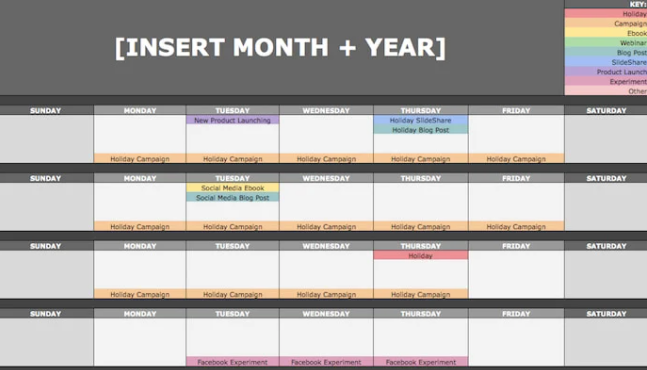
Step 7: Begin Producing and Publishing Content
Hooray - you’ve finally reached the exciting bit! Now all of the admin is out of the way, you can start writing, filming, or designing the content you planned in the previous stages. With your keyword and topic research behind you, this will help your content be as SEO friendly as possible. With that in mind, we recommend that you check out this guide to SEO from Moz, as this goes more into depth about how to optimise your content as much as possible for organic traffic.
Before you publish your content, you also need to think about how you’re going to distribute it. From the earlier steps, you should already have an idea of where your target audiences are likely to be, but we recommend publishing content across a variety of channels to get you the maximum possible exposure.
Step 8: Analyse Performance
Once your content has been published for a while, you’ll want to dive into your analytics software and make sure it’s performing well. Depending on your goals, you may prioritise some metrics over others, but you should get a broad view of how your content’s doing. However, don’t worry if your first published content doesn’t perform as well as you’ve expected. Content marketing is a marathon, not a sprint, and a big part of the analytics process is figuring out how you can improve on your previous work.
Step 9: Keep On Going!
With a better understanding of how your content performs online, you can use that new knowledge and apply it to your content marketing plan and editorial calendar so the next content you publish will be even better. Don’t forget to keep your end goal in mind and congratulate yourself for every step you take towards it. Content marketing can be a steep learning curve, so be prepared to make mistakes and learn from them. Because when you do, your content marketing will be all the better for it.
So, there you have it! 9 helpful steps to help you on your way, and get started in building your very own successful content marketing strategy to help your business thrive. It's competitive out there in the digital space, but by ensuring your content is both informative and engaging to your buyer personas, structured and consistent, you'll be on the right track for success!

